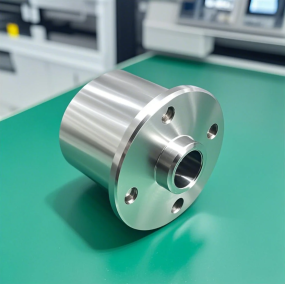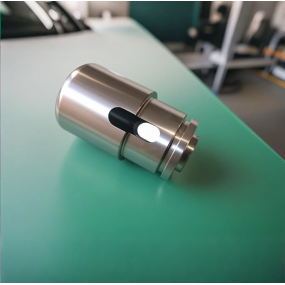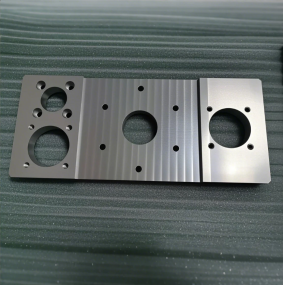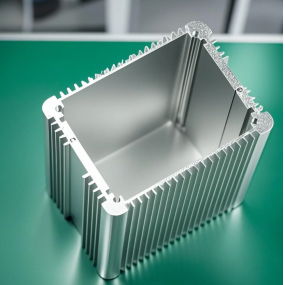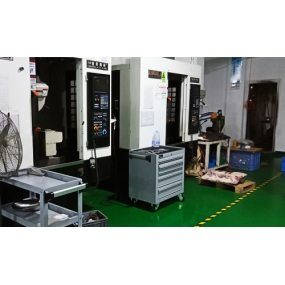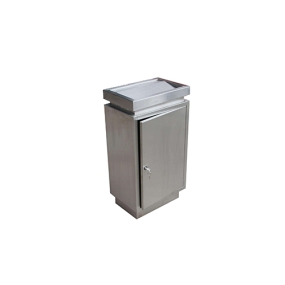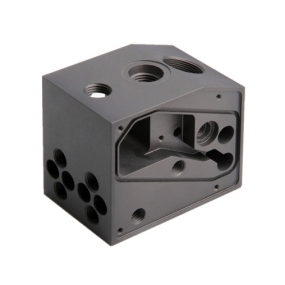Numerical control technology is developing in the direction of high-speed, high-precision, composite, intelligent, high-flexibility, and information networking. The overall numerical control processing technology is developing in the direction of CIMS (Computer Integrated Manufacturing System). The application of numerical control technology has brought revolutionary changes to the manufacturing industry, making the manufacturing industry a symbol of industrialization. Numerical control technology in Sheet Metal Processing has been more and more widely used to help humans create more functional and more beautiful sheet metal processing parts. At present, the development trend of numerical control technology and its equipment is as follows: 1) High-speed cutting. High-speed machining technology is a high-tech developed in the 1980s. The important goal is to shorten the cutting and non-cutting time during processing, reduce the processing steps for complex shapes and difficult-to-machine materials and high-hardness materials, and maximize the high-precision and high-quality products. Because different machining processes and workpiece materials have different cutting speed ranges, it is difficult to give a precise definition of high-speed machining. At present, it is generally understood that the cutting speed reaches 5 to 10 times the cutting speed of ordinary machining to be considered high-speed machining. 2) High-precision machining. High-precision machining is the result of the wide application of high-speed machining technology and numerical control machine tools. In the past, the machining accuracy of automotive parts was required to be in the order of 0.01mm. Now with the increase of precision parts such as computer hard disks and high-precision hydraulic bearings, the precision required for finishing processing has been increased to 0.1 μm, and the machining accuracy has entered the sub-micron era. 3) Composite machining. The composite machining of machine tools is to improve the utilization rate of machine tools by increasing the function of machine tools and reducing the auxiliary process time such as multiple clamping, re-positioning, and tool alignment during workpiece processing. 4) Intelligent control. The degree of intelligence of numerical control technology has been continuously improved, which is reflected in the four aspects of adaptive control technology during processing, intelligent optimization and selection of processing parameters, fault self-diagnosis function, and intelligent AC servo drive device. Expert system: It first collects the knowledge of domain experts, and then decomposes the knowledge into facts and rules, stores them in the knowledge base, and makes decisions through reasoning. Fuzzy reasoning: Fuzzy reasoning, also known as fuzzy logic, relies on fuzzy sets and fuzzy logic models to comprehensively consider multiple factors, and uses relational matrix algorithm models, membership functions, weights, constraints and other methods to deal with vague, incomplete, and even contradictory information. Artificial neural networks: neural networks are some abstractions, simplifications, and simulations of some functions of the human brain. They are interconnected by a large number of processing units dominated by nerve cells. Information processing is realized through the interaction of nerve cells. 5) Interconnection and networking. Network functions are gradually becoming one of the characteristics of modern numerical control machine tools and numerical control systems. Such as remote fault diagnosis, remote condition monitoring, remote processing information sharing, remote operation (processing in dangerous environments), and remote training of modern numerical control machine tools are all based on network functions.
Hello! Welcome to EMAR's website!
 English
English » »
» »
 Spanish
Spanish Arabic
Arabic French
French Portuguese
Portuguese Belarusian
Belarusian Japanese
Japanese Russian
Russian Malay
Malay Icelandic
Icelandic Bulgarian
Bulgarian Azerbaijani
Azerbaijani Estonian
Estonian Irish
Irish Polish
Polish Persian
Persian Boolean
Boolean Danish
Danish German
German Filipino
Filipino Finnish
Finnish Korean
Korean Dutch
Dutch Galician
Galician Catalan
Catalan Czech
Czech Croatian
Croatian Latin
Latin Latvian
Latvian Romanian
Romanian Maltese
Maltese Macedonian
Macedonian Norwegian
Norwegian Swedish
Swedish Serbian
Serbian Slovak
Slovak Slovenian
Slovenian Swahili
Swahili Thai
Thai Turkish
Turkish Welsh
Welsh Urdu
Urdu Ukrainian
Ukrainian Greek
Greek Hungarian
Hungarian Italian
Italian Yiddish
Yiddish Indonesian
Indonesian Vietnamese
Vietnamese Haitian Creole
Haitian Creole Spanish Basque
Spanish Basque


